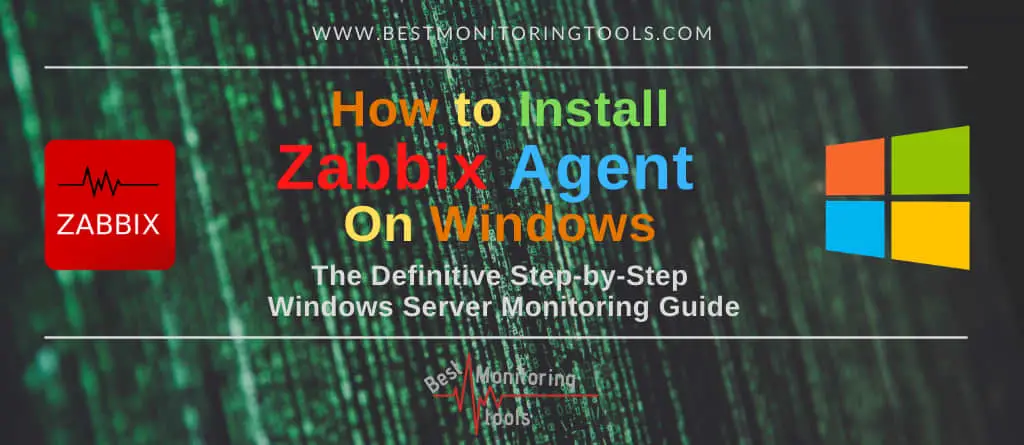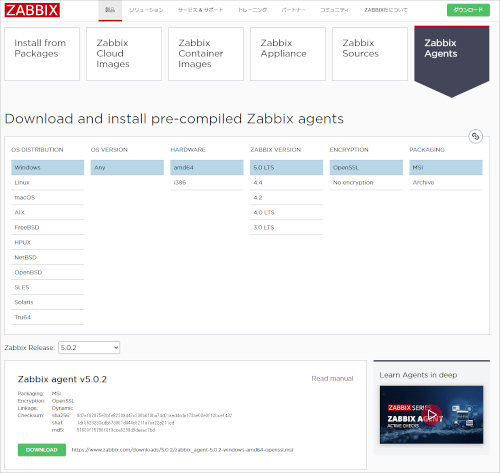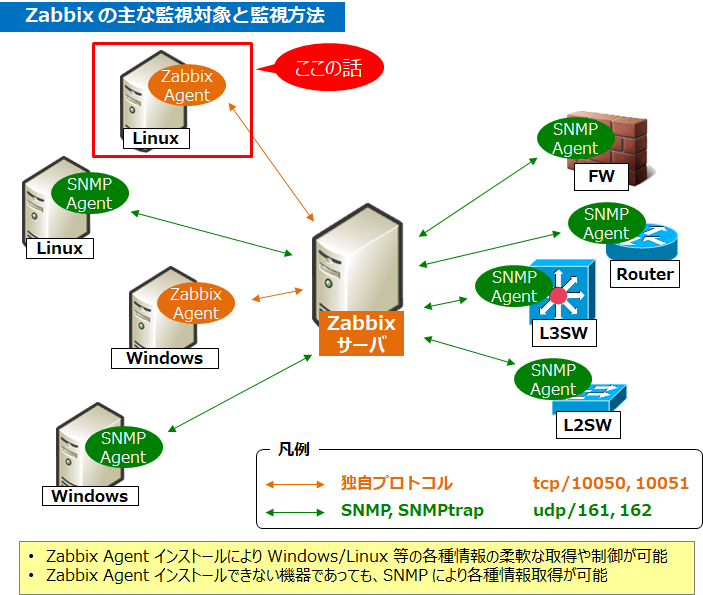

- Zabbix agent msi swtiches how to#
- Zabbix agent msi swtiches install#
- Zabbix agent msi swtiches archive#
- Zabbix agent msi swtiches registration#
But the actual extracted hostname will be different on each of the machines, which is the result that we need.

Since normally the hostnames differ on all of the computers, when you deploy a Zabbix agent on your 200 hosts you will have one static entry: hostnameItem=system.hostname. Localhost.localdomain will be used as the hostname in the Zabbix front end when the agent performs active registration. Let’s check what the default hostname looks like: zabbix_get -s 127.0.0.1 -k system.hostname There is no need to edit the Hostname parameter for each agent installation manually or via a script. But when deploying a large number of hosts, a unique hostname is required for each host.
Zabbix agent msi swtiches registration#
You can add any string after the Hostname and when the agent performs active agent registration it will use the specified text as the name of the host in the front end. Two other important parameters are Hostname and HostnameItem. In my case, ServerActive is assigned the localhost address (in my case, it is 127.0.0.1). Make sure to configure the firewall to let the agent communicate with the Zabbix server/proxy on this port. However, we need active agent checks which run on 10051/TCP (the listening port of the server/proxy). Speaking about firewall rules, passive agent checks run on port 10050/TCP. But in case of active registration, we need to change the ServerActive parameter which is the IP or DNS name of the proxy or the server to which the agent will connect, which implies that the agent connects to the server/proxy. The agent will accept communication only from this IP or DNS name, and the direction of communication is always from the server to the agent. Inside the file, there is the parameter called Server which is the IP or DNS name of your Zabbix server or proxy. Open zabbix_nf: vim /etc/zabbix/zabbix_nf To successfully perform active registration, it is necessary to make small changes in the Zabbix agent configuration file. There is a drop-down menu where you can switch the event source from Triggers to Auto registration. This is the same tab that is used to configure triggers but sometimes users do not notice that it can also be used for auto registration. It is used to automatically add a host to the Zabbix front end.

because there is a built-in functionality called Zabbix agent active registration. There is no need to introduce super complex API scripts, etc. The next step is to add hosts running the Zabbix agent to the front end.
Zabbix agent msi swtiches install#
If not all of your machines have access to the Internet, just copy the RPM and install it locally without the Internet connection: rpm -ivh zabbix-agent.rpm On a Linux machine, you can use one of the following commands: yum install zabbix-agent apt-get install zabbix-agent
Zabbix agent msi swtiches archive#
All in all, you should use the available tools to deploy the Zabbix agent package, folder or archive and execute the command to install the Zabbix agent. /zabbix_nf -installĪfter this command, you will have a Zabbix service added to your Windows machine services.
Zabbix agent msi swtiches how to#
Learn how to deploy the Zabbix agent on a large number of hosts using the auto registration feature and save your time on manual work.įirst of all, the task of deploying the agent on a host is not really Zabbix-related.


 0 kommentar(er)
0 kommentar(er)
